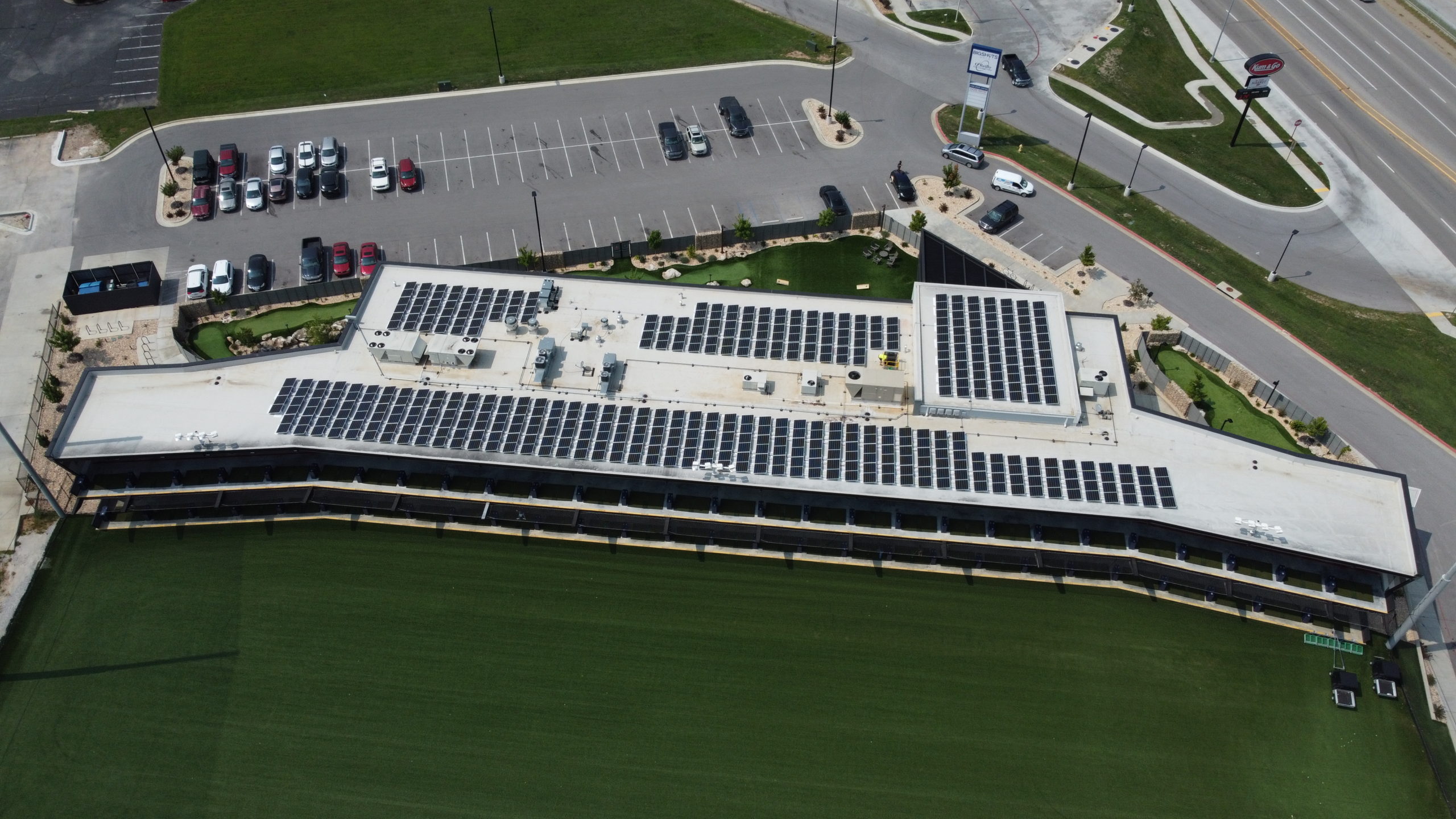Thinking About Giving Solar a Try?

Here’s a short history of solar.
For the first time in the history of the world, the cost effectiveness of solar is so low that the individual can buy it and it will pay for itself even quicker than the interest on the financing even if you put zero money down. If you’re in the Kansas City area, give Sun Solar a call at (855) 464-6786 or 417-413-1786 for a free quote.
The early development of solar technology that began in the 1860s was due to the prospect that coal would soon be short. Charles Fritts installed the rooftop photovoltaic solar in the world for the first time in 1884 using a 1% efficient selenium battery on the roof of New York City. However, the development of photovoltaic power generation technology includes availability, economy, coal and petroleum availability. It was estimated in 1974 that only 6 private houses throughout North America were completely heated or cooled by a functional solar power generation system. The 1973 oil embargo and the 1979 energy crisis brought about a reorganization of energy policies around the world and attracted new attention to the development of solar power generation technology. The deployment strategy focused on incentive programs such as US Federal Solar Power Generation Utilization Program and Japanese Sunshine Project. Other initiatives include establishing research facilities in the US (SERI, now NREL), Japan (NEDO), Germany (Fraunhofer-ISE). The installation of solar power generation systems increased rapidly between 1970 and 1983, but the decline in oil prices in the early 1980s eased the growth of solar power from 1984 to 1996. Solar in Kansas City hadn’t yet arrived!
In the mid-1990s, residential and commercial rooftop solar power generation and practical scale power plant for photovoltaic power generation, such as supply of oil and natural gas, concern about global warming, improvement of the economic status of PV, etc. Compared to other energy technologies that began to accelerate again in development, at the beginning of the 2000s, by introducing a transmission fee, which is a policy mechanism that prioritizes renewable energy to the grid and determines fixed price of the generated electricity, A high investment level and a rapid increase in the number of PV introductions have been brought in Europe. Solar in Kansas City hadn’t yet arrived!
Worldwide growth of photovoltaic power generation was supported by the development of Europe for several years, but it has been supported by the development of Europe, but in Asia, especially China and Japan, even Australia, Canada, Chile, India, Israel, Mexico, South Africa, There are USA and others. Worldwide solar power generation growth rate is 40% annually from 2000 to 2013, the total installed capacity reaches 303 GW at the end of 2016, the annual electricity usage rate of China’s cumulative equipment (78 GW) and Honduras is the highest It should be generated by solar power generation (12.5%). The biggest manufacturer is in China.
Solar power generation (CSP) also began to grow rapidly, and the capacity has increased about tenfold from 2004 to 2013. As of the end of 2013, the world’s cumulative CSP capacity reached 3,425 MW.
In 2010, the International Energy Agency (IEA) forecasts that world solar photovoltaic capacity will reach 3,000 GW by 2050. Four years later, we expect to be able to supply 27% of the world’s electricity generation (16% from PV and 11% from CSP) by 2050 under the “High Renewable Energy” scenario in 2014 . Analysts predicted that one million households in the US will receive solar power by the end of 2016 in 2015. And now you can get solar in Kansas City!
Thinking about giving Solar a try? For the first time in the history of the world, the cost effectiveness of solar is so low that the individual can buy it and it will pay for itself even quicker than the interest on the financing even if you put zero money down. If you’re in the Kansas City area, give Sun Solar a call at (855) 464-6786 or 417-413-1786 for a free quote.